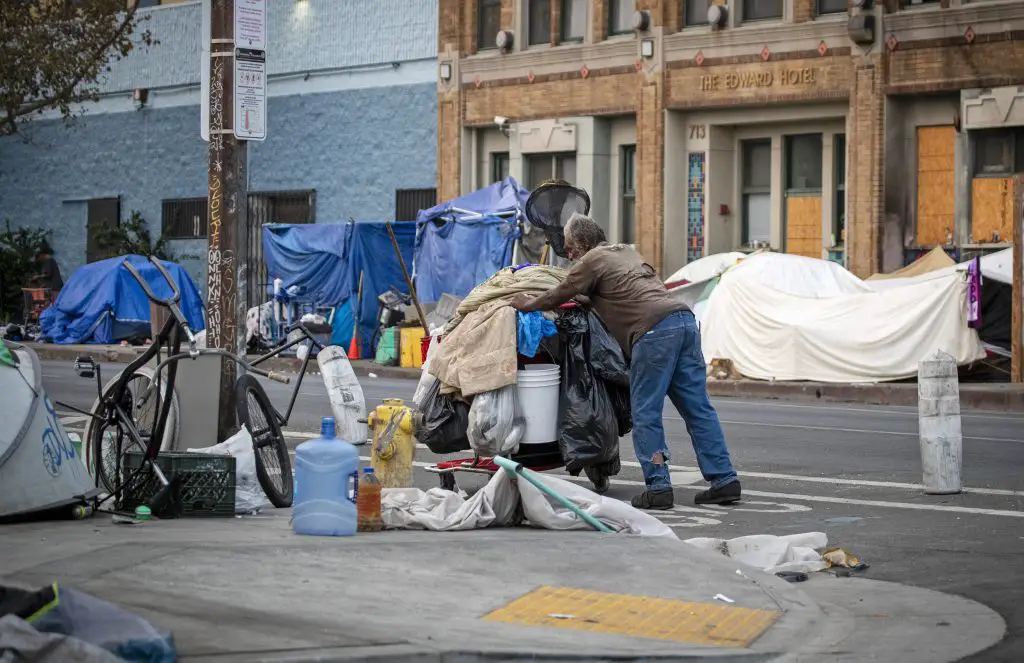The homeless crisis in America is a multifaceted issue with deep roots in the socio-economic fabric of the country. Understanding the causes of homelessness requires an exploration of various factors, including economic trends, housing policies, social safety nets, and personal circumstances. This article will delve into the myriad causes of the homeless crisis, examining how systemic issues, policy decisions, and individual factors converge to create a situation where thousands find themselves without a place to call home.
Economic Factors
One of the most immediate causes of homelessness is economic instability. The loss of a job, an unexpected medical bill, or a sudden financial emergency can push individuals and families who are already living paycheck to paycheck into a situation where they can no longer afford housing. This precarious financial situation is exacerbated by wage stagnation and the widening income inequality gap. While the cost of living, particularly housing costs, has skyrocketed in many parts of the country, wages for middle- and lower-income earners have not kept pace.
Moreover, the erosion of job security due to the gig economy and the decline of stable, well-paying jobs with benefits has contributed to economic vulnerability for many Americans. The financial crisis of 2007-2008 and the more recent economic impacts of the COVID-19 pandemic have also had lasting effects, leading to high unemployment rates and a scarcity of affordable housing, pushing more people towards homelessness.
Housing Market Dynamics
The United States has seen a significant reduction in affordable housing over the past few decades. Gentrification, the conversion of low-income neighborhoods into more expensive ones, often displaces long-term residents who can no longer afford to live there. Additionally, the lack of investment in public housing and subsidies for low-income families has failed to keep up with the demand, leaving many without affordable housing options.
Another contributing factor is the rise of housing costs relative to income. In many urban centers, the price to purchase or rent a home has outpaced wage growth, making it difficult for low- and even middle-income earners to find housing within their budgets. This situation is compounded by the often stringent requirements to qualify for a mortgage or lease, including good credit history and income verification, which can exclude many from the traditional housing market.
Mental Health and Substance Abuse
Mental health issues and substance abuse are significant factors in the homeless crisis. A large proportion of the homeless population suffers from mental health disorders, substance abuse, or a combination of both, which can make it difficult to maintain stable housing. The deinstitutionalization movement of the 1960s and 1970s, while well-intentioned, often left individuals with mental health issues without the necessary support systems, increasing the likelihood of homelessness.
Substance abuse can lead to job loss, depleted financial resources, and broken social ties, all of which can precipitate homelessness. Moreover, once homeless, individuals with untreated mental health issues or substance abuse problems find it even more challenging to secure housing and employment, creating a vicious cycle that is difficult to break.
Systemic Inequities
Systemic inequities have long contributed to the homeless crisis in America. Racial minorities, particularly African Americans and Native Americans, are overrepresented in the homeless population. This overrepresentation is a direct result of long-standing discrimination in employment, housing, and the criminal justice system.
Discriminatory policies such as redlining and racially biased lending practices have historically limited homeownership and wealth accumulation opportunities for people of color. Moreover, the criminal justice system, with its history of disproportionately targeting minorities, can lead to criminal records that make it difficult to find employment or housing, further increasing the risk of homelessness.
Healthcare Accessibility
The high cost of healthcare in the United States is another critical contributor to homelessness. A severe illness or accident can lead to substantial medical bills, which can quickly consume savings and lead to bankruptcy. This is particularly acute for those without health insurance or those with inadequate coverage. Even with the Affordable Care Act, many Americans remain uninsured or underinsured, leaving them financially vulnerable to health-related economic shocks.
Family Dynamics and Domestic Violence
Family dynamics and domestic issues, particularly domestic violence, are significant factors leading to homelessness. Individuals, often women and children, may flee an abusive situation with no place to go, leading them to shelters or the streets. Additionally, youth homelessness is frequently a result of family conflict, including rejection due to sexual orientation or gender identity.
Policy and Legislative Factors
Public policy and legislation can either alleviate or exacerbate the homeless crisis. Policies that reduce funding for social services, housing subsidies, and mental health and substance abuse treatment can lead to an increase in homelessness. Additionally, legislation that criminalizes homelessness or makes it difficult to provide aid to the homeless population, such as anti-panhandling or anti-camping laws, does not address the root causes and can often make the situation worse.
Solutions and Interventions
Addressing the homeless crisis in America requires a comprehensive approach that tackles the various causes. This includes increasing the availability of affordable housing, improving economic stability through job creation and fair wages, expanding mental health and substance abuse treatment programs, and addressing systemic inequities.
Policies such as Housing First, which prioritizes providing the homeless with permanent housing with no preconditions, have shown promise in reducing homelessness. Additionally, expanding social safety nets, providing access to healthcare, and enacting protective legislation can help prevent homelessness.
In conclusion, the homeless crisis in America is the result of a complex interplay of economic, policy, health, and social factors. The path to resolving it is not simple or straightforward, but by understanding the causes, policymakers, communities, and individuals can work towards creating systemic changes that address this pervasive issue. It will take a concerted effort across all levels of society to ensure that everyone has access to the basic human need of a safe and stable place to live.






